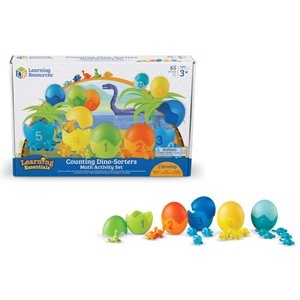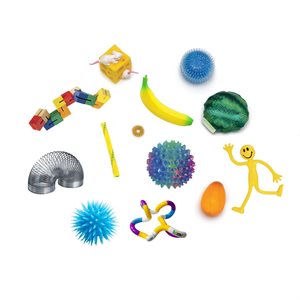In day care centers, special attention is often required for the inclusion of children with special needs. Even with the best of intentions, it can sometimes be difficult to know where to start. I will share with you my little tips so that children and educators can experience successful inclusion!
1. Have a good understanding of the child's strengths and difficulties
It is essential to start with a solid foundation. The educator should have access to the child’s file, have the chance to talk with the professionals in the file (speech therapist, physiotherapist, occupational therapist, therapist, etc.) to ask questions, welcome recommendations, and have good communication with the child’s parents. You’ll leave with a good understanding of the challenges that the child will experience.
2. Observation
The educator should be attentive to the child’s behavior during play times but also during routine times (dressing, hand washing, meals, etc.). Does the child manage to complete their tasks? Do they have a good relationship with other children? Are they rowdy? Too passive?
3. Reflection
The educator or caregiver must always ask themselves whether the child’s difficulties can explain their challenges. They must therefore think of the tools to put in place to facilitate the child’s inclusion. It may be a good idea to seek advice from a pedagogical advisor or a special needs educator, if available at your daycare, or to contact the professionals in the child’s files who may be able to guide you since they already have good expertise.
4. Adaptation
Once you’ve made observations, have fun finding tools to meet the child’s needs and allow them to have a good time in your room.
Materials
Timetable
The child with special needs might just need a little more time to do their chores. It’s a good idea to send them first so they can take the time they need. For getting dressed, for example, plan a corner where there is less distraction and where all their clothes to be worn are.
5. Stimulation
Once your room has been adapted, the educator or caregiver can plan great activities with the whole group. Choose activities to help the child who is experiencing challenges improve. Your activities shouldn’t be too difficult for them to experience great success. By including other children in the activities, the child will feel more welcome.

Myriam Thibault
Early childhood specialist │ B.A. Psychology




Leave A Comment